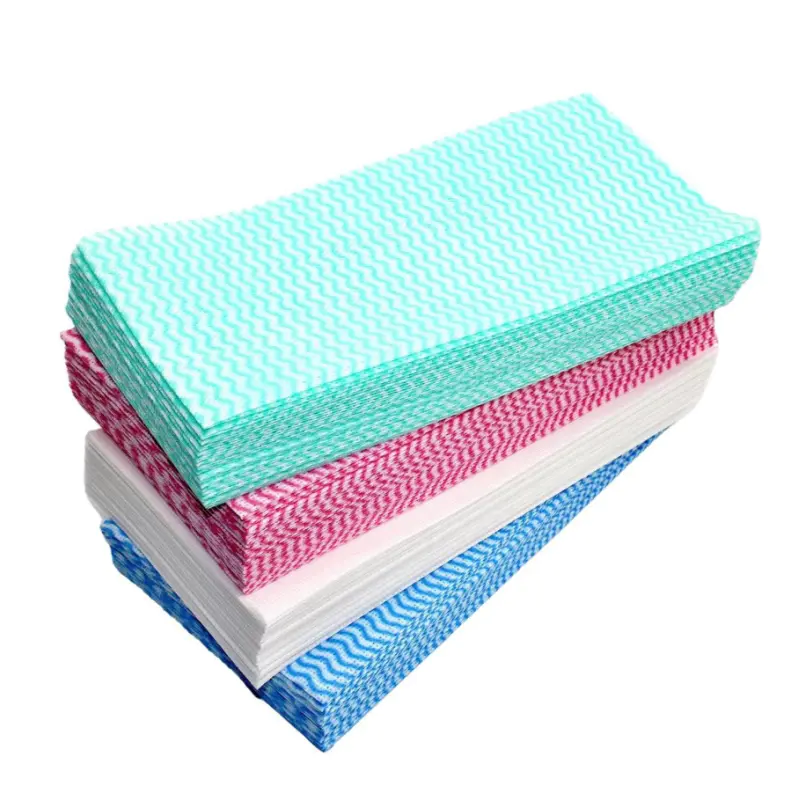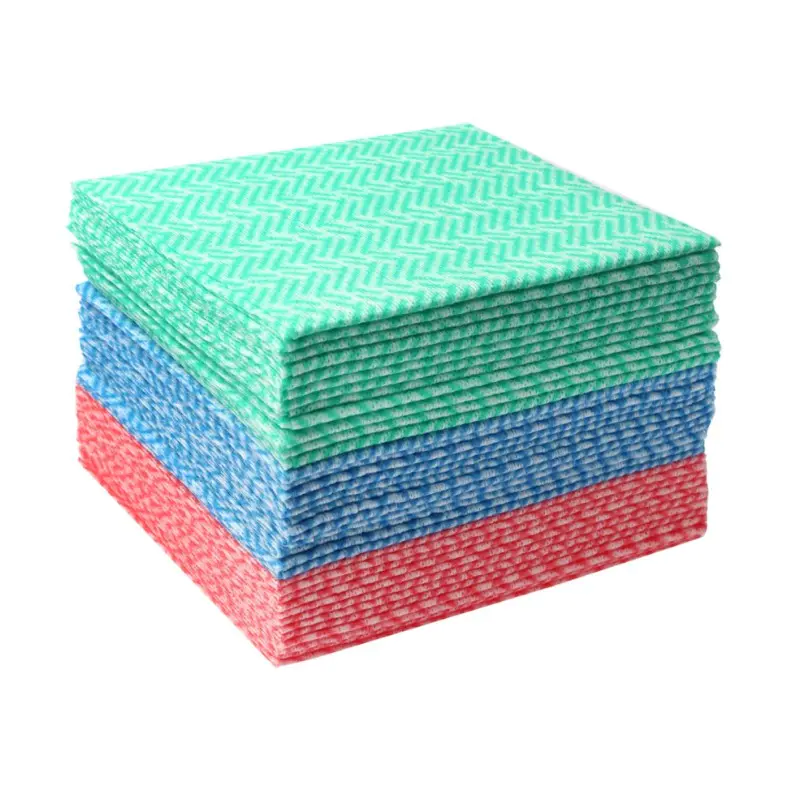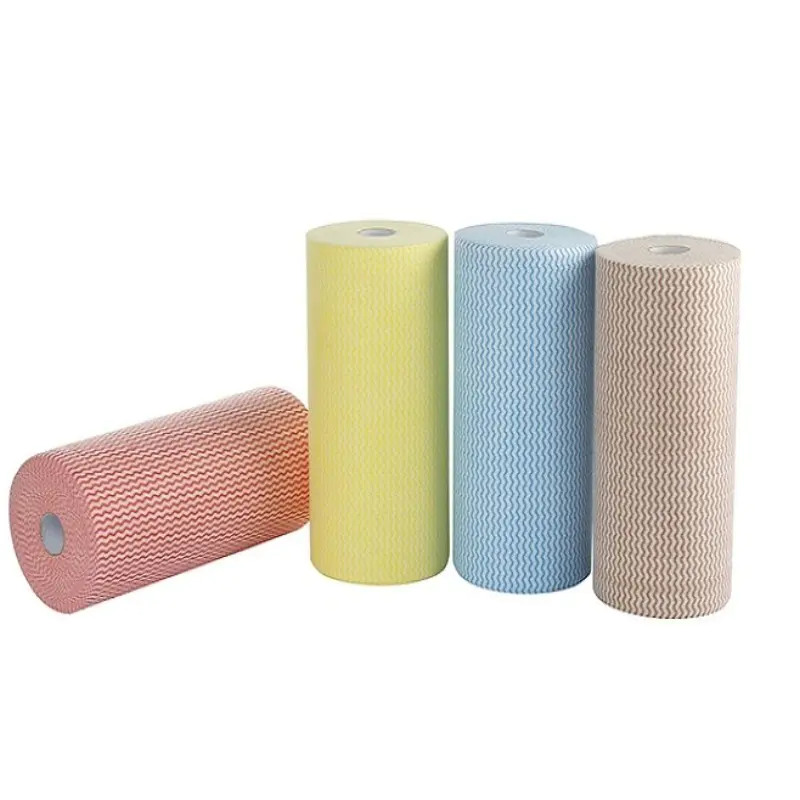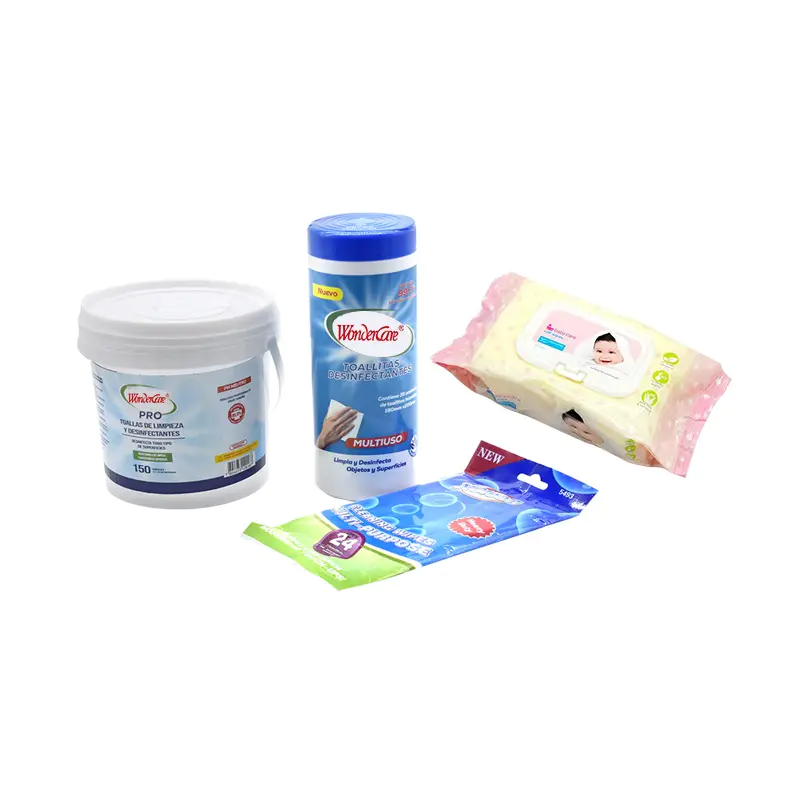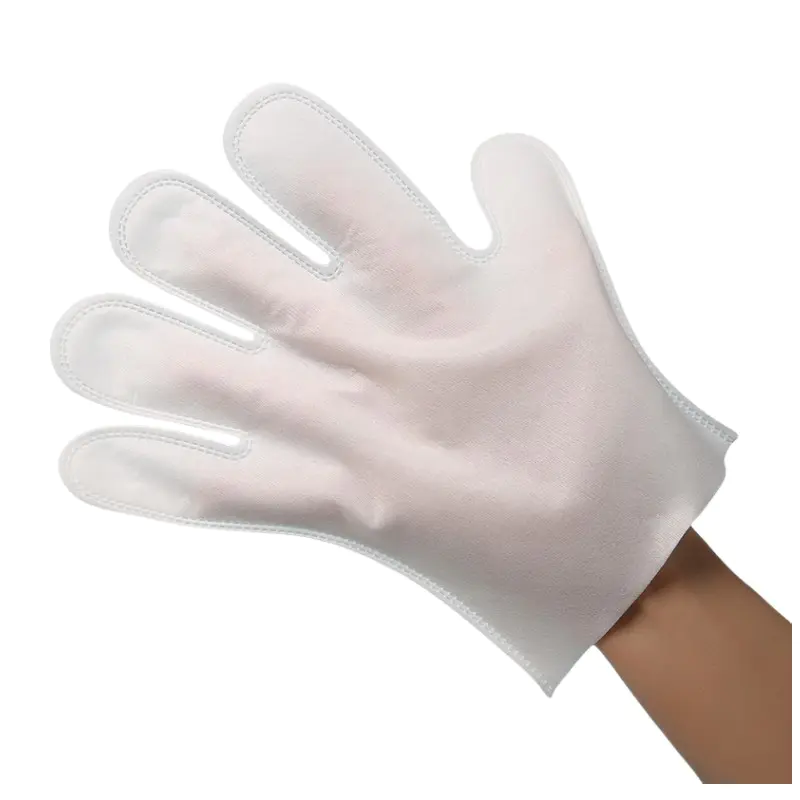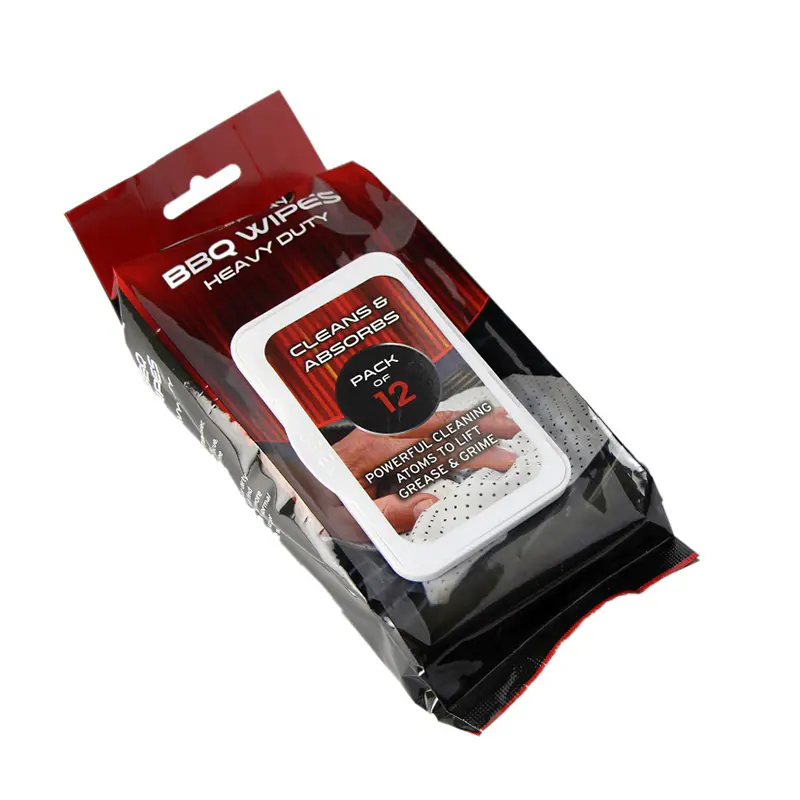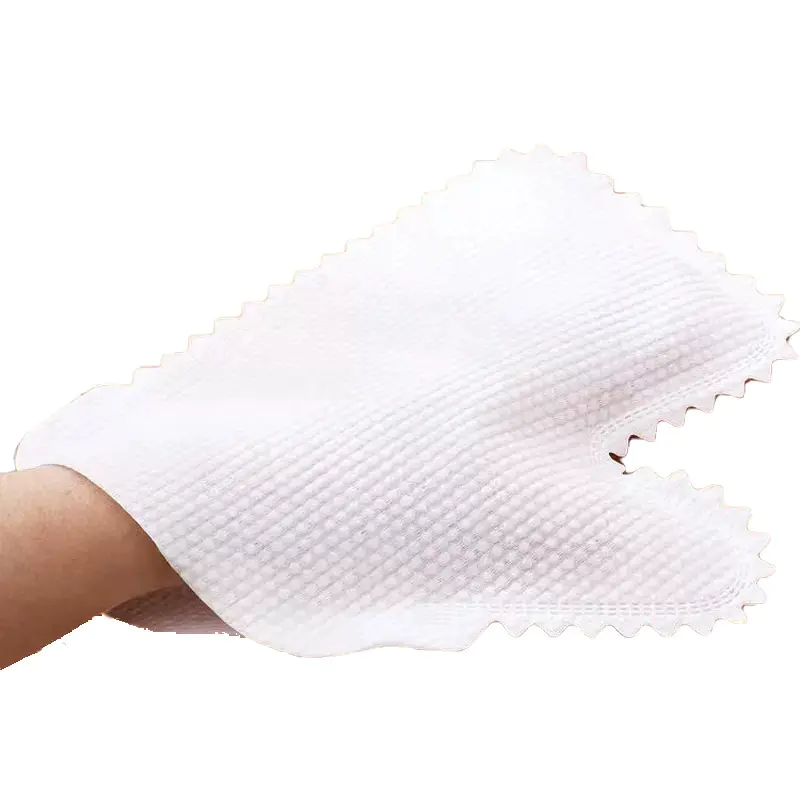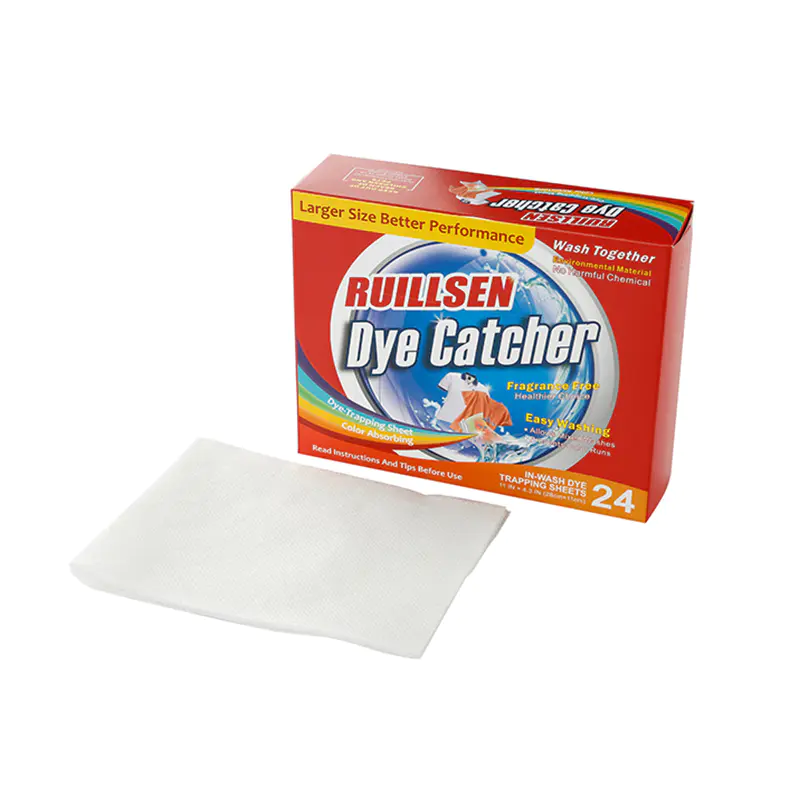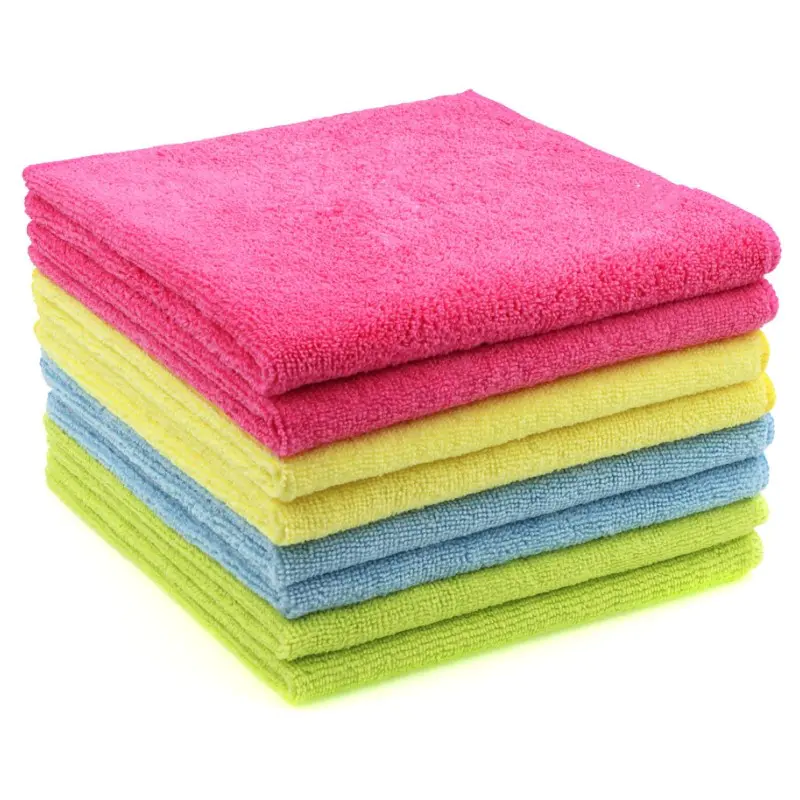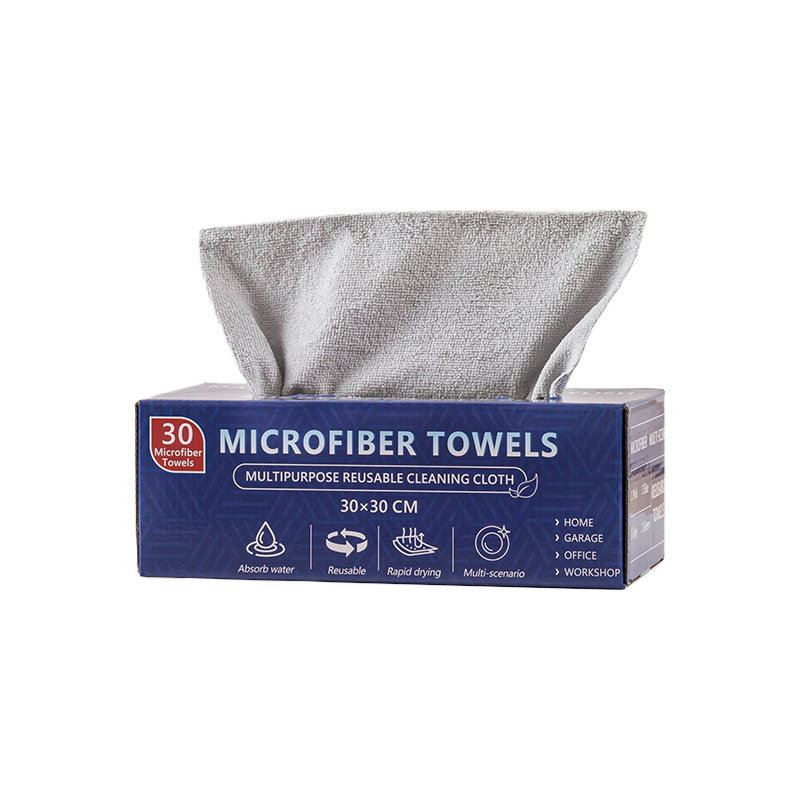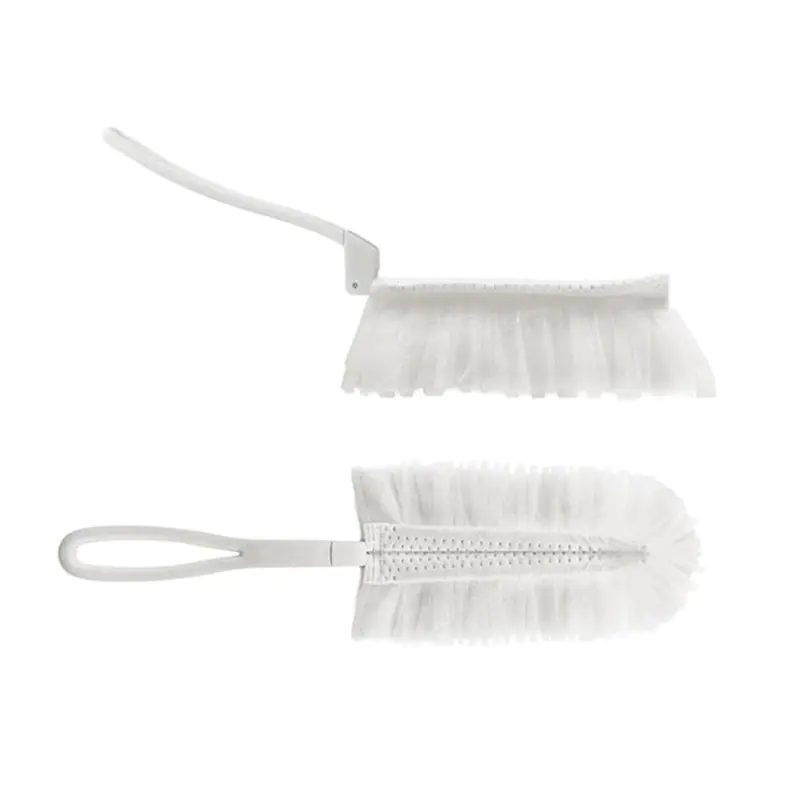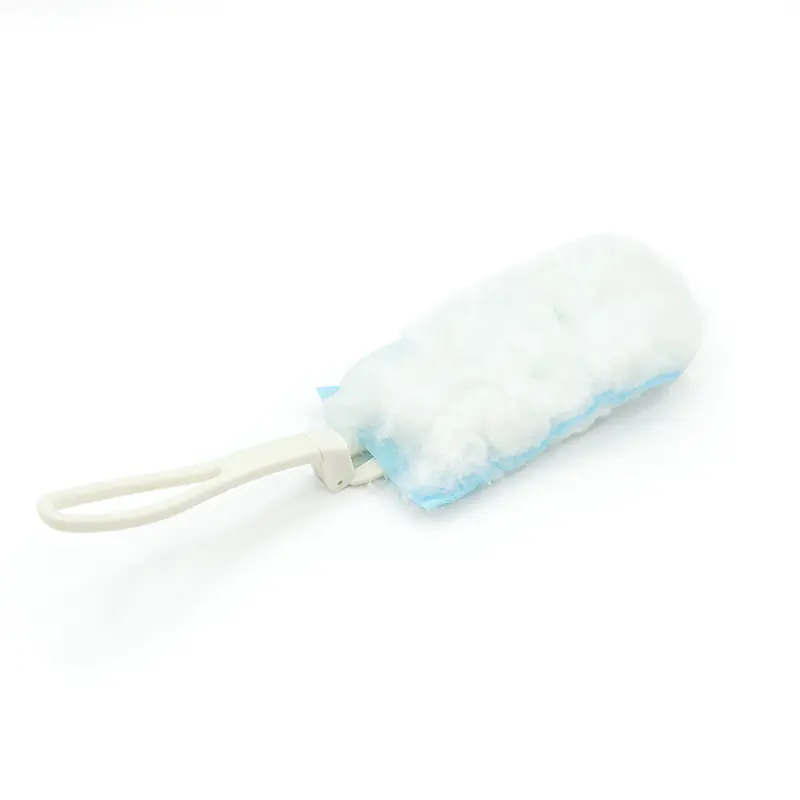When it comes to keeping your floors clean and hygienic, the tools you use matter just as much as the cleaning solutions. One component that is often overlooked is the mop refill—the replaceable part of a mop head that directly contacts the floor. But do mop refills really affect cleaning results? The short answer is yes, and in more ways than one. The type, material, condition, and compatibility of the mop refill can all play a crucial role in how effective your mopping sessions are.
1. Material Matters: Different Mop Refill Types, Different Results
The most noticeable factor that affects cleaning performance is the material of the mop refill. Common types include:
Microfiber: Known for its superior dirt-trapping ability, microfiber mop refills are ideal for hardwood, tile, and laminate. They’re highly absorbent and can remove up to 99% of bacteria with just water, making them a top choice for modern homes.
Cotton: These are more traditional and are great for absorbing large amounts of liquid. However, they tend to push dirt around rather than pick it up, especially when dry.
Sponge: Best for smooth surfaces like vinyl or linoleum. Sponges can scrub grime effectively, but they wear out quickly and may leave streaks if not well-maintained.
Scrubbing pads (abrasive microfiber or blend): Designed for tougher messes and sticky spills, these mop refills are more aggressive on grime but should be used with care on delicate surfaces.
Bottom line: If your mop refill isn't made for your floor type or cleaning need, you're likely to get poor results, or worse, damage your floors.
2. Condition and Cleanliness of the Refill
Using a worn-out or dirty mop refill can significantly reduce the cleaning performance. Dirty mop heads can:
Spread germs and bacteria instead of removing them
Leave streaks, residue, or unpleasant odors
Scratch or dull delicate surfaces
It’s important to wash and replace mop refills regularly, depending on frequency of use. For example, microfiber refills can usually withstand 100–500 washes, but they lose effectiveness over time.
Tip: Always air dry your mop refill after washing, as machine drying may damage certain materials or reduce their absorbency.
3. Fit and Compatibility with Your Mop Head
Not all mop refills are universal. Using the wrong size or type of refill can lead to poor contact with the floor, reduced maneuverability, or even detachment during cleaning. This makes mopping less efficient and more frustrating.
A compatible refill:
Fits securely onto the mop head
Allows full coverage of the floor surface
Moves smoothly without dragging or bunching up
Before buying a refill, make sure it’s designed for your mop model or style—flat mop, spin mop, spray mop, etc. Most reputable brands offer exact-match refills, and some even offer third-party compatible options, but always check the specifications.
4. Single-Use vs. Reusable Refills: Performance and Sustainability
Another factor to consider is whether you're using disposable (single-use) or reusable mop refills.
Disposable refills (like those used in spray mops or quick wipes) are convenient for quick cleanups and sanitized spaces, but they are thinner, less absorbent, and more costly over time.
Reusable refills, especially microfiber ones, tend to offer better long-term performance and are more eco-friendly, but they require proper care.
If you're using a refill that was meant for occasional light cleaning to tackle a deep-cleaning job, you’ll likely be disappointed in the results.
5. Special Features That Improve Cleaning Efficiency
Some mop refills are designed with special features that enhance cleaning performance, including:
360° swivel compatibility: Enables better movement into corners and under furniture
Dual-texture surfaces: One side for scrubbing, one for wiping
Electrostatic properties: Found in some microfiber mops to attract dust and pet hair
These small innovations can greatly affect your results, especially in homes with pets, kids, or high foot traffic.
6. The Science Behind Better Cleaning
It’s worth noting that a quality mop refill doesn’t just push water around. For example, microfiber fibers are split multiple times to create microscopic "hooks" that grab onto dirt and bacteria. This makes them significantly more effective than standard cotton or sponge in many cases.
In contrast, old or cheap refills with fraying edges, uneven textures, or low absorbency won't lift debris effectively. Instead, they’ll leave particles behind—or worse, create cross-contamination.
To sum it up, mop refills are not just an accessory—they are a key component of how well your mop performs. From material choice to fit, from cleanliness to design features, every aspect influences whether your floors end up spotless or still grimy after cleaning.


 English
English Español
Español